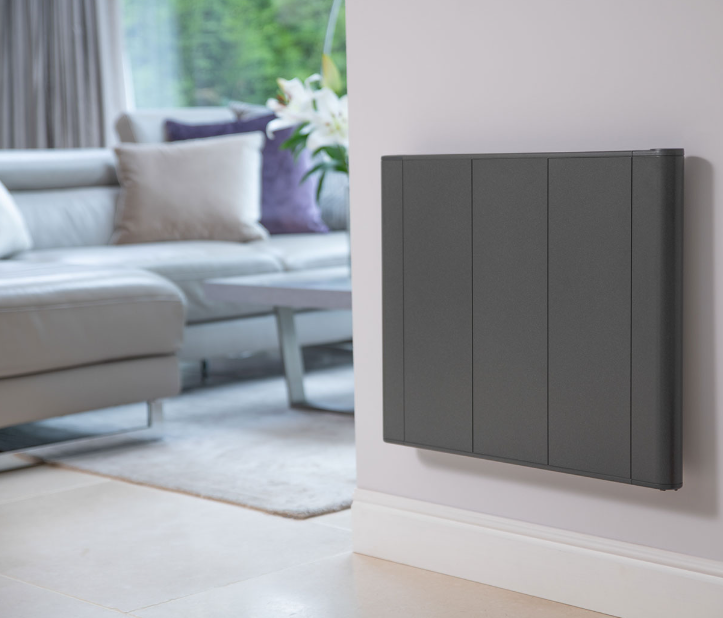How to Properly Maintain Your Septic Tank

There are several ways to keep your septic system in good condition. Avoid flushing non-biodegradable waste like cigarette butts, cotton swabs, condoms and menstrual hygiene products down your toilet.
Chemical septic tank additives can harm the bacteria in your tank and pollute the environment. Biological Septic Tank Treatment are the best choice because they preserve natural bacterial colonies and are safe for the environment.
Organic solvent additives
A septic tank is an underground chamber made of concrete or plastic through which domestic wastewater (sewage) flows for basic sewage treatment. The septic tank holds the waste at low velocity for a period of time to allow solid and liquid wastes to separate. The heavier solids settle to the bottom of the septic tank where they decompose. The lighter liquids, fats and oils rise to the surface as a layer of scum. Effluent, the remaining liquid wastewater, leaves the septic tank through an inlet pipe into a septic drain field. The soil in the drain field provides additional sewage treatment. When a septic system is not properly maintained, the septic tank and the septic drain field can contaminate groundwater.
A homeowner can help septic systems function properly by following the rules of onsite wastewater disposal. They should avoid pouring grease, chemical drain openers, paint, varnishes, solvents, fuels, waste oil, photographic solutions or other organic chemicals into the septic system. These products can upset bacterial action in the septic tank and pollute groundwater. In addition, homeowners should not add yeasts or enzyme additives to their septic tanks in an attempt to enhance bacterial activity and extend the time between septic system pumping. These products have not been proven to be effective in increasing septic tank bacteria populations and may damage the absorption field or groundwater.
Homeowners must also make sure that the inlet and outlet pipes connected to the septic tank are of adequate size and quality. These pipes should be made of cast iron, PVC or acid-resistant plastic. They should be fitted with baffles or sanitary tees to prevent floating scum from plugging the inlet or outlet pipe. In addition, the septic tank should be fitted with 6-inch diameter inspection pipes to check for solids levels and clogs.
If the inlet and outlet pipes are not properly sized, a septic tank will overflow when it fills up. This can contaminate groundwater and cause sewage to flow back into the house. In addition, it can cause septic tank sludge to enter the soil absorption field and disturb the anaerobic digestion process that breaks down organic wastes. This can result in a septic system failure and costly repairs.
Biological additives
The best septic tank additives are biological and they’re also safe for the environment. They preserve the natural bacterial colonies in your tank and won’t harm the soil or groundwater. However, be aware that not all septic tank additives are created equal. Some contain chemicals that are harmful to the environment. Others contain ingredients that are toxic to humans. If you’re thinking of using septic tank additives, make sure that they’re safe for the environment and your family.
Adding chemical solvents like trichloroethylene or methylene chloride to your septic system can cause serious damage. These chemicals break down grease and oil, but they don’t work as well for human waste solids. Eventually, they drain out of the septic tank and into the drain field and the surrounding soil. These chemicals can also corrode concrete tanks and distribution boxes, causing them to leak and fall apart.
Other chemical products include household drain cleaners and degreasers. These are often sold in stores that specialize in cleaning products, or through phone solicitation and door-to-door sales. Many of these products can upset the septic tank’s pH balance and kill the bacteria that keep it working properly. They can also interfere with the waste separation process by breaking down sludge and scum layers or by dissolving sludge.
Organic solvents are less dangerous than chemical additives, but they’re still not good for your septic system or the environment. They can disrupt the bacterial colonies in your tank and lead to groundwater contamination. In addition, they’re not effective for human waste solids, which are too large to be broken down by bacterial action.
In one study, Hoover compared the results of 48 septic systems that used various additives with a control group that didn’t use any. During the study, researchers measured the depth of sludge, the thickness of scum and the amount of floating solids in each septic tank. The researchers found that most of the additives tested didn’t help to prevent clogging in the septic systems. Some actually accelerated the need for pumping. The study also analyzed the quality of the effluent that left each septic tank. The results were similar to the control groups.
Pumping
In a conventional septic system, wastewater from household plumbing flows into the septic tank. It is held there until microbes in the soil break it down. When the bacteria have done their work, it separates into a layer of sludge and a clear liquid called effluent. The sludge sinks to the bottom of the tank, while the effluent rises to the surface. The water exits the septic tank through an outlet pipe and enters the drain field.
The septic tank needs to be pumped at least every two or five years, depending on how many people live in the home. A large family will use more water than a smaller one, and the septic tank may need to be pumped more frequently. The type of household waste will also affect the frequency of pumping.
If you want to prolong the time between septic tank pumping, reduce the volume of solids in your household wastewater. This can be accomplished by repairing leaky toilets and faucets, using a low-flow showerhead and washing machine, and limiting the amount of water used for cooking and cleaning. In addition, a garbage disposal should only be used for food waste. Other solids, such as cigarette butts, tissues and kitty litter, should be put in the trash rather than the drain.
In addition to septic tank pumping, your septic system will need regular inspections. A professional can examine the condition of your septic tank and drainfield, check for leaks, and make recommendations to improve performance.
The most obvious sign that your septic tank is full is standing water around the septic tank and absorption field. This can cause a backup of raw sewage into your home, and should be immediately addressed by a septic service professional. Other signs that it is time to have your septic system inspected and pumped include a foul smell in the house, and slow draining of sinks and toilets. A septic system is a serious investment and should only be handled by an experienced septic service provider. Do not try to save money by using DIY septic tank additives. These products are often unregulated and can cause health and safety issues.
Inspection
If you notice water in your yard over your septic tank, that is a sign that your system needs to be inspected. This water may contain toxic waste, so it is important to keep children and pets away from it. A septic inspection will ensure that your septic tank is in good condition and has no leaks. Your inspector will also check the inlet and outlet baffles to make sure they are firmly connected.
During a visual inspection, your inspector will ask you when the last time you pumped your septic tank was and look at its contents. He will also look for signs of corrosion and settlement on the septic tank walls. He will also check the drain field to see if it is free of standing water. The drain field should be far away from streams and wells.
A septic system can be very complicated, so you should always have a professional do the inspection. You should have a copy of the septic tank’s a-built record drawing and all your pumping, inspection, and repairs records available for the inspector. You should also know the location of your septic tank, absorption field, and reserve drainfield so that the inspector can verify their condition.
When the home inspector uncovers the septic tank, he will use a sludge judge to determine the level of sludge in the tank. The sludge should not occupy more than one-third of the tank volume or rise above the level of the inlet and outlet baffles. The septic tank and absorption field should be away from streams and wells.
Once the septic tank is emptied, bacteria break down the solid waste in the sludge layer and send clean wastewater to the absorption field. The bacteria in the soil and gravel in the drain field then filter the effluent before it enters groundwater.
To prevent septic problems, you should only use toilet paper and other materials that are safe for the septic system. You should also avoid using harsh chemicals, antifreeze, or medications that can harm the bacteria in your septic system. You should also plant grass and other shallow-rooted plants over the absorption area to help reduce the amount of liquid that passes through it.



